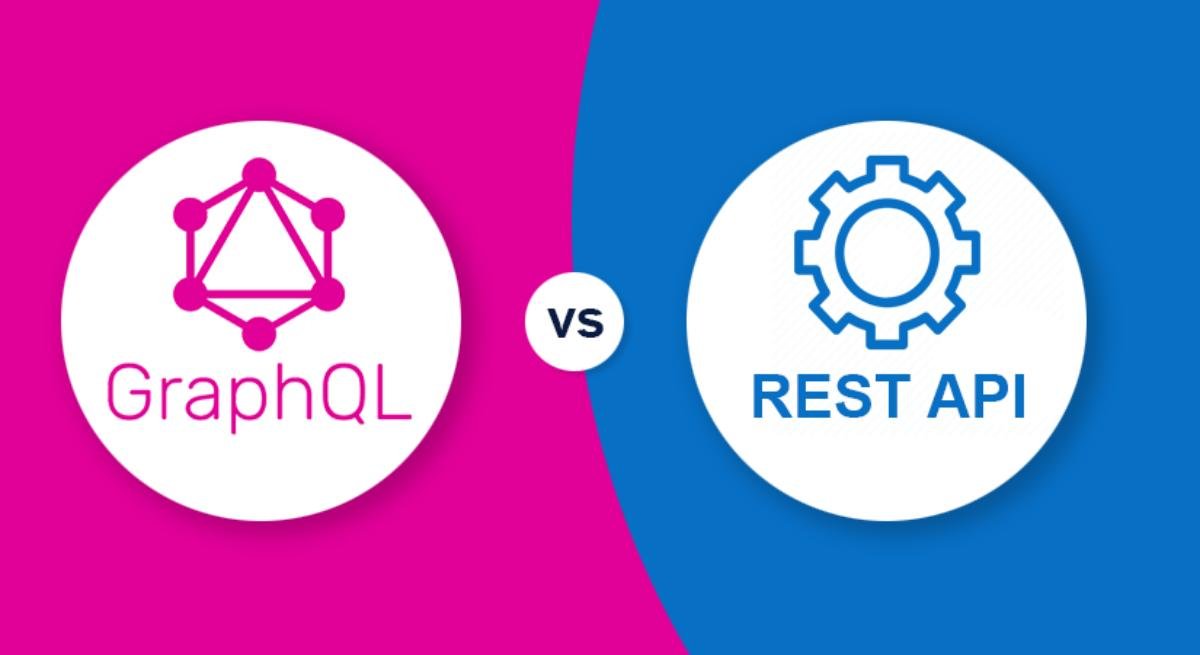
In the world of modern application development, selecting the appropriate API architecture is a critical decision that can significantly impact the efficiency and performance of your project. Two prominent contenders in this realm are Representational State Transfer (REST) API and GraphQL. This article will provide an in-depth analysis of REST API and GraphQL, highlighting their distinctive features, use cases, and considerations to assist you in making the right choice for your next venture.
REST API: The Conventional Approach

REST, an architectural style introduced by Roy Fielding in 2000, is widely regarded as the standard for designing networked applications. REST APIs employ standard HTTP methods like GET, POST, PUT, and DELETE and adhere to a stateless client-server communication model. Data is represented as resources, each accessible via well-defined endpoints.
Key Features of REST API:
- Statelessness: In REST, each request from a client to a server must be self-contained, containing all necessary information to process it. This design simplifies interactions and enhances reliability.
- HTTP Methods: REST APIs utilize standard HTTP methods for operations. For instance, GET requests retrieve data, POST creates new data, PUT updates existing data, and DELETE removes data.
- Resource-Oriented: Data is modeled as resources, such as users or products, and is accessed through unique URLs. This resource-based approach simplifies data management.
- Uniform Interface: REST APIs feature a uniform and consistent interface, making it easier for developers to understand and work with various APIs. This consistency streamlines the development process.
- Scalability: REST APIs can be horizontally scaled to accommodate high traffic loads. Additional server instances can be deployed to distribute the load efficiently.
GraphQL: The Flexible Contender
Developed by Facebook in 2012 and released as an open-source project in 2015, GraphQL is a query language for APIs that provides a more flexible and efficient alternative to REST. It allows clients to request only the specific data they need, which can reduce over-fetching and under-fetching of data.
Key Features of GraphQL:
- Single Endpoint: GraphQL APIs typically feature a single endpoint, simplifying the request structure and minimizing the number of requests required to fetch related data. This streamlined approach improves efficiency.
- Client-Defined Queries: One of GraphQL’s standout features is its ability to let clients request precisely the data they need. This eliminates over-fetching (retrieving more data than necessary) and under-fetching (not retrieving enough data), making data retrieval more efficient.
- Strongly Typed: GraphQL APIs are strongly typed, meaning that the types of data and operations are explicitly defined in the schema. This strong typing enhances the predictability and reliability of the API.
- Real-time Data: GraphQL supports real-time data updates via subscriptions, enabling instant updates to connected clients when relevant data changes. This real-time capability is beneficial for applications with dynamic data needs.
- Introspection: Clients can query the schema and discover available types and operations. This introspective capability enhances self-discovery and documentation, making it easier for developers to understand and work with GraphQL APIs.
Choosing the Right Approach

The choice between REST API and GraphQL hinges on your project’s specific requirements and priorities. Here are some critical considerations to guide your decision:
- Data Fetching Needs: If your application primarily follows a predictable CRUD (Create, Read, Update, Delete) data fetching model, REST API may be the more suitable choice due to its simplicity and widespread adoption.
- Flexibility and Efficiency: For projects with fluctuating data retrieval needs, real-time updates, and the need to reduce over-fetching and under-fetching, GraphQL’s flexibility shines. It empowers clients to tailor their data requests to suit their exact requirements.
- Existing Ecosystem: Take into account the existing tools, libraries, and expertise within your development team. If your team is well-versed in REST, transitioning to GraphQL may necessitate additional training.
- Scalability and Performance: Carefully evaluate your application’s anticipated traffic and performance requirements. Both REST API and GraphQL can be scaled, but the specific demands of your project may favor one approach over the other.
In conclusion, both REST API and GraphQL are strong contenders with their own unique strengths and weaknesses. By understanding your project’s needs and carefully considering the pros and cons of each approach, you can make an informed decision that aligns with your application’s goals and requirements. Whether you opt for the tried-and-true REST API or the flexible GraphQL, your choice should ultimately serve the needs of your project and its users.